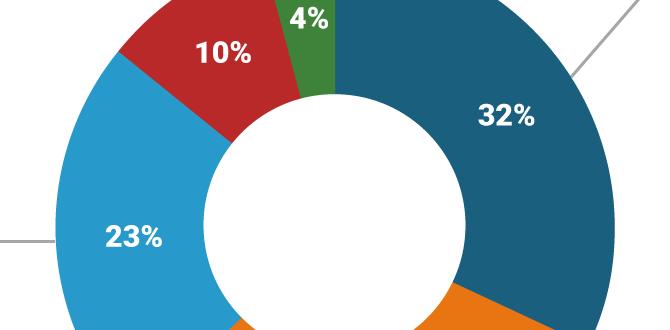Valve, the renowned software company, holds a significant grip on the PC gaming industry, primarily through its popular digital distribution platform, Steam. This article delves into the extent of Valve’s control in the PC gaming sector, exploring market share statistics, its impact on indie game developers, the influence of the Steam platform, user base, revenue generation, competition from other digital distribution platforms, and more.
Market Share Statistics
Valve’s dominance in the PC gaming industry is prominently displayed through its market share statistics. As of the latest reports, Steam commands over 75% of the digital distribution market for PC games. This staggering share showcases the platform’s unparalleled reach and influence among gamers worldwide.
Impact on Indie Game Developers
Valve’s stronghold in the PC gaming industry has had a profound impact on indie game developers. While offering a platform for visibility and distribution, Steam’s market dominance also means that indie developers often rely heavily on the platform for exposure and revenue generation. This reliance can sometimes lead to challenges in standing out among the vast sea of games available on Steam.
Steam Platform Influence
Steam’s influence goes beyond market share, extending to its massive user base and revenue generation capabilities. With millions of active users and a robust revenue model, Steam has become a cornerstone of the PC gaming ecosystem.
User Base and Revenue Generation
The sheer size of Steam’s user base, exceeding 120 million active users, presents a lucrative opportunity for game developers to showcase their creations. Additionally, Steam’s revenue generation model, which includes game sales, in-game purchases, and subscription services, contributes significantly to Valve’s dominance in the PC gaming industry.
Valve’s Competition
While Valve holds a substantial position in the PC gaming industry, it does face competition from other digital distribution platforms vying for a share of the market.
Other Digital Distribution Platforms
Platforms such as Epic Games Store, GOG, and Origin provide alternative options for gamers and game developers alike. These platforms offer unique features and revenue models, challenging Steam’s dominance and shaping a more competitive landscape in the digital distribution space.
Conclusion
In conclusion, Valve’s control over the PC gaming industry, primarily through the Steam platform, is evident through its market share, influence on indie developers, user base, and revenue generation capabilities. While facing competition from other digital distribution platforms, Valve remains a dominant force shaping the future of PC gaming.
FAQs
1. How did Valve establish its dominance in the PC gaming industry?
Valve established its dominance through the widespread adoption of the Steam platform, offering a centralized hub for gamers and game developers.
2. What percentage of the digital distribution market does Steam control?
Steam controls over 75% of the digital distribution market for PC games, showcasing its substantial influence.
3. How does Valve’s dominance impact indie game developers?
Valve’s dominance can provide visibility and distribution for indie developers but also poses challenges in standing out among the vast competition.
4. What sets Steam apart from other digital distribution platforms?
Steam’s massive user base, revenue generation capabilities, and extensive library of games set it apart from other platforms in the industry.
5. Is Valve facing significant competition in the PC gaming market?
Valve faces competition from platforms like Epic Games Store, GOG, and Origin, which offer alternative options for both gamers and developers.
